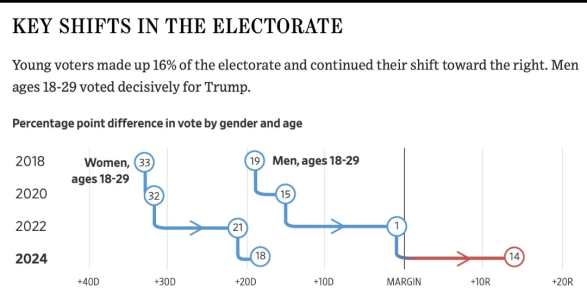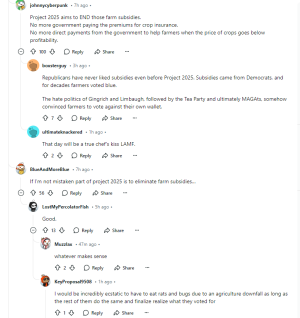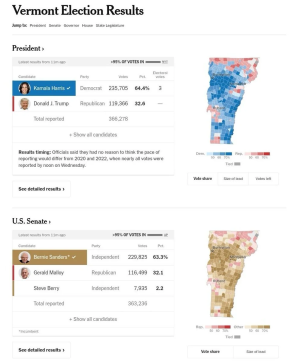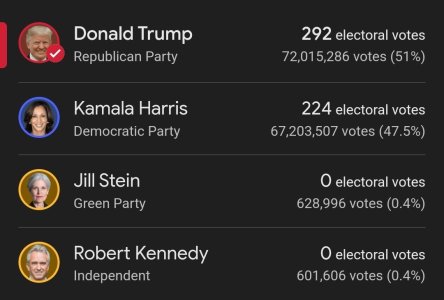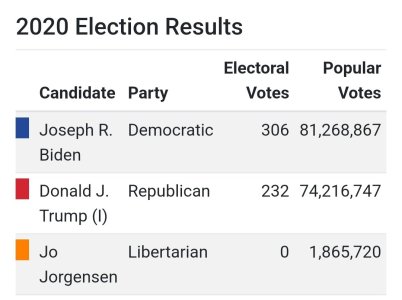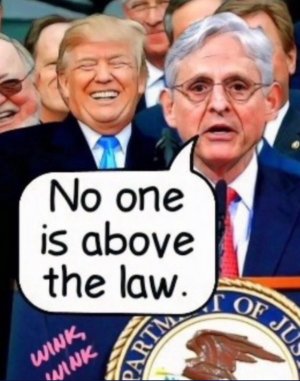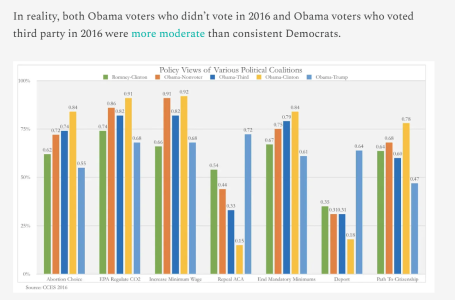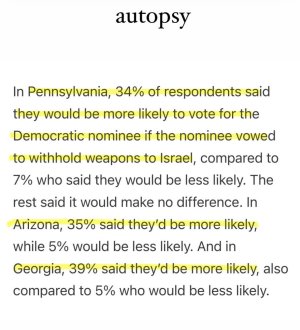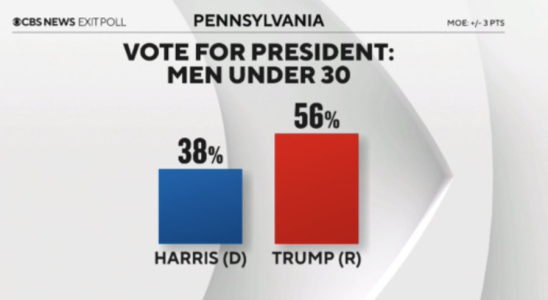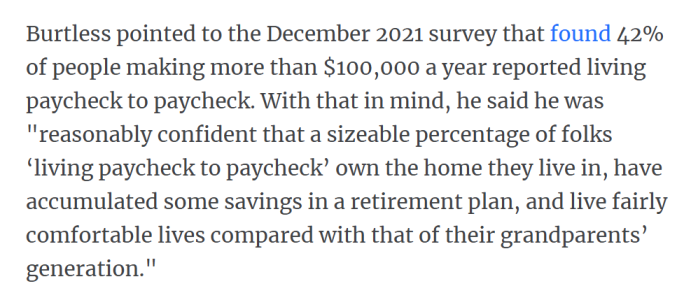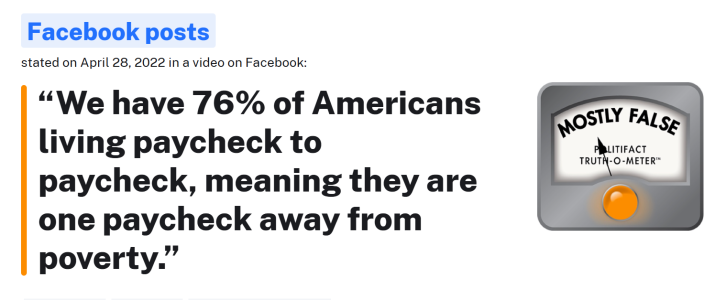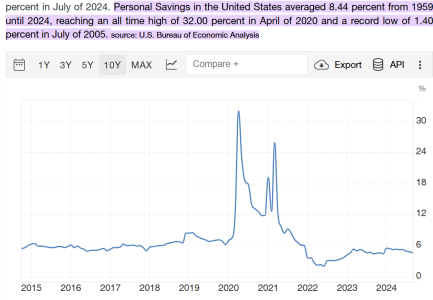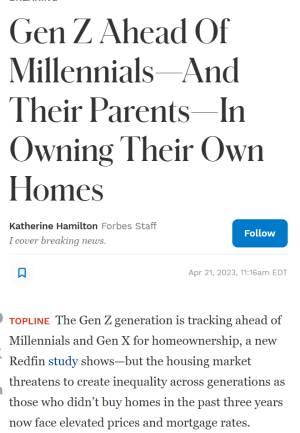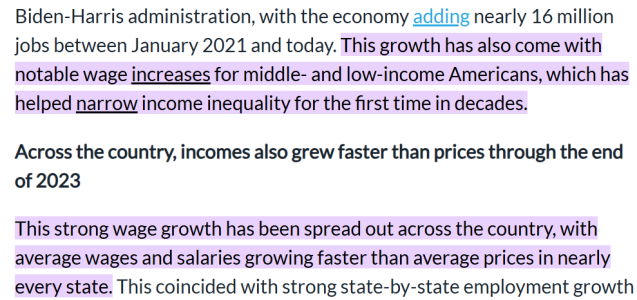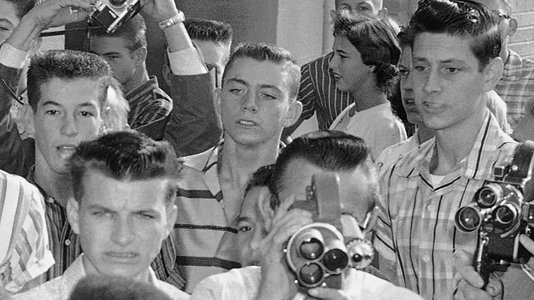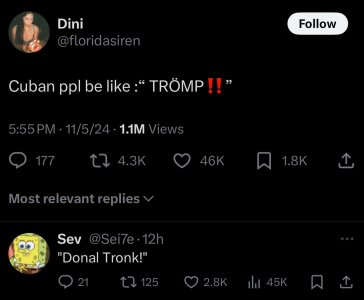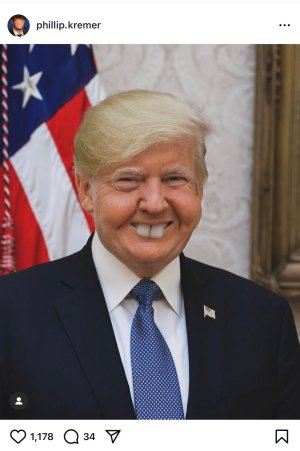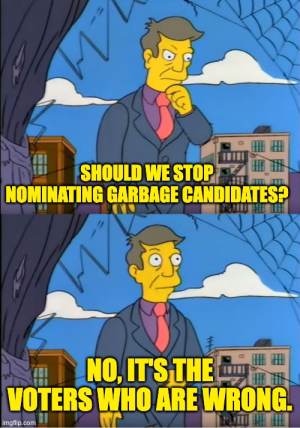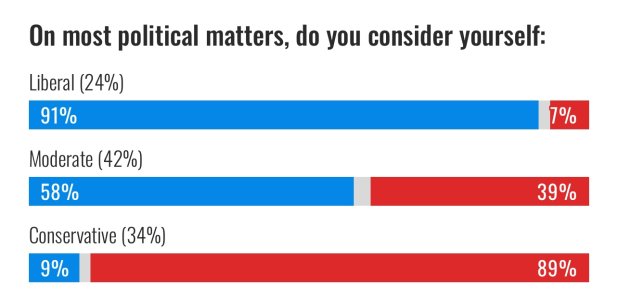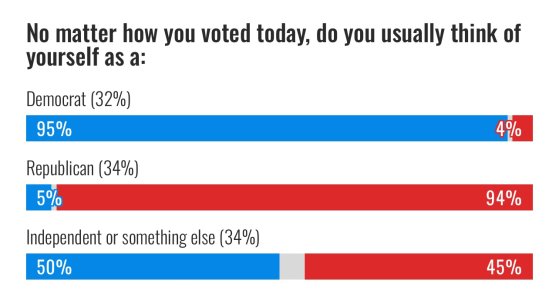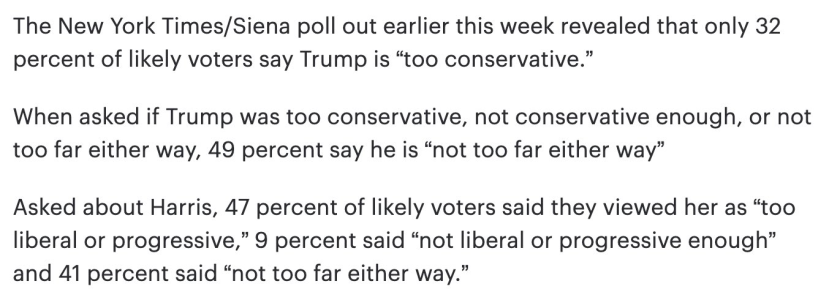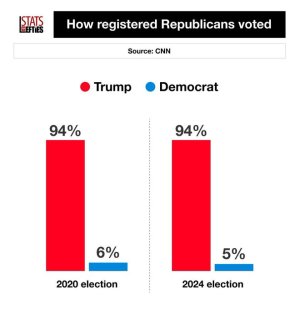Our findings here suggest that Donald Trump has perfected the art of harnessing mass media to disseminate and at times reinforce his disinformation campaign by using three core standard practices of professional journalism. These three are:
elite institutional focus (if the President says it, it’s news);
headline seeking (if it bleeds, it leads); and
balance, neutrality, or the avoidance of the appearance of taking a side.
He uses the first two in combination to summon coverage at will, and has used them continuously to set the agenda surrounding mail-in voting through a combination of tweets, press conferences, and television interviews on Fox News. He relies on the
latter professional practice to keep audiences that are not politically pre-committed and have relatively low political knowledge confused, because it limits the degree to which professional journalists in mass media organizations are willing or able to directly call the voter fraud frame disinformation.
The president is, however,
not acting alone. Throughout the first six months of the disinformation campaign, the Republican National Committee (RNC) and staff from the Trump campaign appear repeatedly and consistently on message at the same moments, suggesting an institutionalized rather than individual disinformation campaign.
The efforts of the president and the Republican Party are supported by the right-wing media ecosystem, primarily Fox News and talk radio functioning in effect as a party press. These reinforce the message, provide the president a platform, and marginalize or attack those Republican leaders or any conservative media personalities who insist that there is no evidence of widespread voter fraud associated with mail-in voting.









